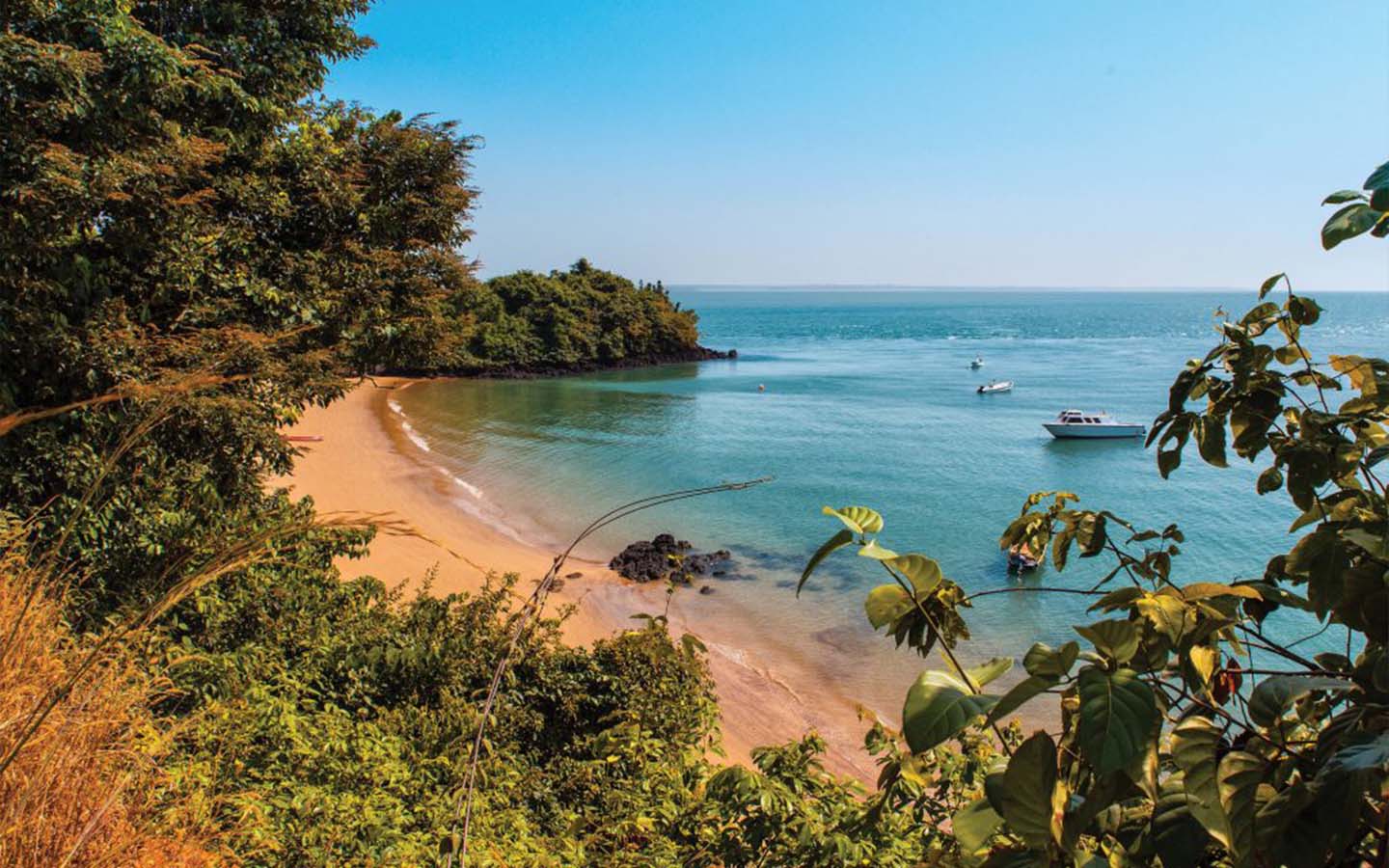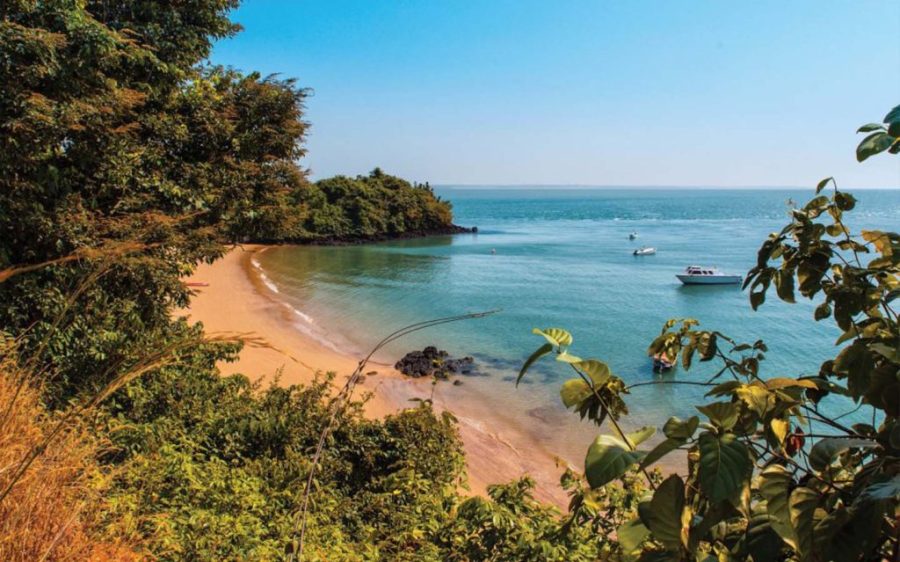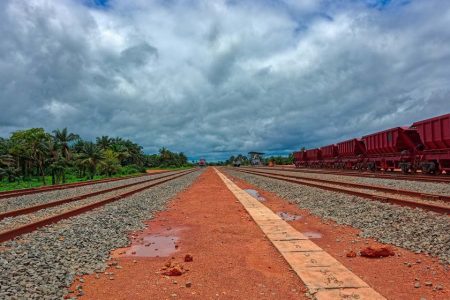Guinea-Bissau appears poised to receive its first World Heritage Site recognition, a historic achievement long pursued by the West African nation.
The 47th session of the World Heritage Committee kicked off on Sunday at UNESCO headquarters in Paris. While the session runs until 16 July, a decision regarding the sites seeking World Heritage recognition is expected on 11 July, reports Portuguese news agency Lusa.
At stake for Guinea-Bissau is the recognition of the Bijagós Islands, an archipelago of some 88 islands and islets spanning nearly 13,000 square kilometres. While some 33,000 people live on 23 of the islands, the archipelago is largely home to a rich diversity of wildlife, from monkeys, hippos and numerous bird species to sea turtles, manatees, sharks, rays and more than 170 species of fish.
Such immense biodiversity is due in part to the many ecosystems found across the archipelago, a mixture of mangrove forests, saltwater swaps and palms interspersed with areas of dry forest, coast savanna and sand banks.
“If the Bijagós archipelago is recognized as a UNESCO Natural World Heritage Site, it will be a historic achievement for Guinea-Bissau and the Bijagó people,” stated the Institute for Biodiversity and Protected Areas (IBAP), the public body in Guinea-Bissau responsible for coordinating the nomination.
Guinea-Bissau first attempted to gain recognition for the islands over a decade ago. While that 2013 bid was rejected, the country used the recommendations made by UNESCO in formulating its latest bid.
[See more: Construction of Macao’s UNESCO World Heritage exhibition hall to be ‘fast tracked’]
The new bid submitted this February was “much more robust”, IBAP director-general Aissa Regalla de Barros told Lusa, addressing recommendations regarding the boundaries of the nominated site, legal status, governance, development of other sectors, handling of threats and involvement of all local stakeholders. It received a favourable evaluation from the International Union for Conservation of Nature (IUCN) at the end of May, setting the stage for the decision next week.
The bid focuses on three protected parks – Orango Islands National Park, the João Vieira and Poilão Marine National Park, and the Community-Managed Marine Protected Area of the Urok Islands – as well as areas connecting them, rather than the entire archipelago.
The other islands, Regalla de Barros explained, will act as a buffer zone for the UNESCO-nominated site, which serves as “the core of biodiversity”, allowing for “zones of high productivity with impacts beyond national borders.” The three parks provide “feeding grounds for migratory birds, support for local communities and fisheries,” and play a critical role in sustaining the life cycles of threatened species, including sea turtles, sharks, and rays. They also lie along the East Atlantic Flyway, welcoming a million migratory birds each year.
The Bijagós Islands has previously been recognised as a UNESCO Biosphere Reserve (1996), under the Don a Terra framework (2021), and as a RAMSAR Site (2014). They have also long benefited from the capable management of the native Bijagó people, who arrived in the archipelago around 9000 BCE. Their land-based religion emphasises sustainable use of natural resources while also restricting access and activities within sacred sites.
“These traditional practices of the Bijágos that limit periodically the free access to certain areas and their natural resources effectively assists in the preservation of the sites for flora and fauna,” Gonzalo Oviedo, of the World Conservation Union, told the Sacred Land Film Project. “An interesting overlap is that the most valued sites for biodiversity also happen to be the most sacred ones.”
With the announcement fast approaching, IBAP called for national unity “in support of this important milestone,” stressing that World Heritage status will promote “a sustainable model [of development] that respects the environment, community rights, and traditional knowledge, while opening doors to responsible tourism, education, and international funding.”






